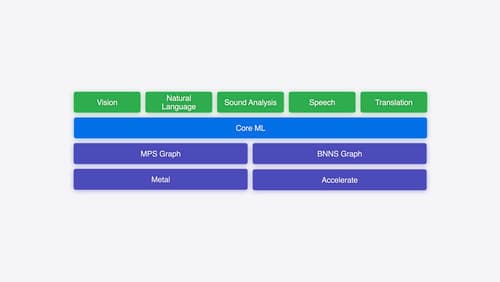how to implement apps with apple intelligence?
Asked on 2024-08-16
1 search
To implement apps with Apple Intelligence, you can leverage several new features and APIs introduced at WWDC. Apple Intelligence is a personal intelligence system that integrates powerful generative models into iOS, iPadOS, and macOS, enabling new capabilities for understanding and generating language and images. Here are some key points to consider:
-
App Intents: Expose your app's capabilities using app intents, which allows deeper integration with Siri and the Shortcuts app. This enables users to interact with your app's data and capabilities more naturally.
-
Writing Tools: If your app uses standard UI frameworks to render text fields, it will automatically benefit from writing tools that help users rewrite, proofread, and summarize text. You can customize the behavior using the new textview delegate API.
-
Image Playground and Genmoji: These features allow you to integrate image creation and new ways to communicate through emojis in your apps.
-
On-Device Intelligence: Apple Intelligence uses an on-device foundation model, which is a large language model optimized to run locally, ensuring low latency and privacy.
-
Security and Privacy: Apple emphasizes privacy and security, ensuring that personal data is processed on-device whenever possible and that cloud compute interactions are secure.
For a deeper dive into these features, you can refer to the Platforms State of the Union (01:35) session, which provides an overview of Apple Intelligence and its integration into apps.

Platforms State of the Union 5-Minute Recap
Watch a quick recap of the newest advancements on Apple platforms.

Explore machine learning on Apple platforms
Get started with an overview of machine learning frameworks on Apple platforms. Whether you’re implementing your first ML model, or an ML expert, we’ll offer guidance to help you select the right framework for your app’s needs.

Platforms State of the Union
Discover the newest advancements on Apple platforms.
